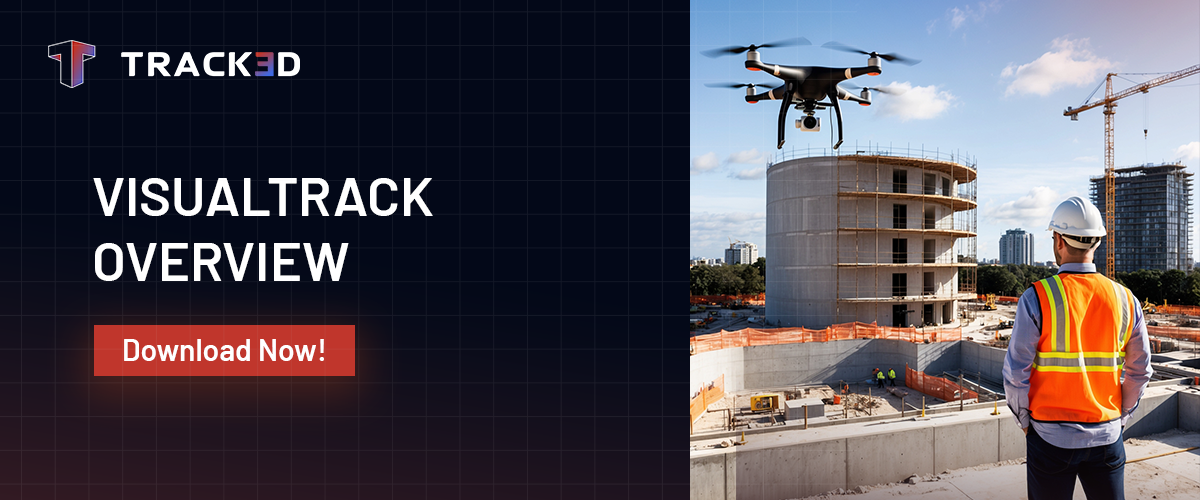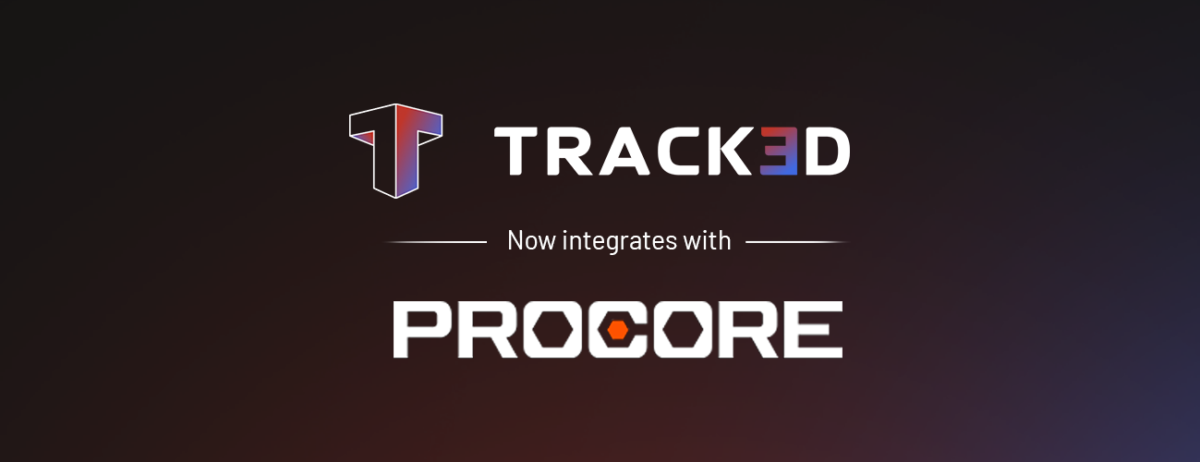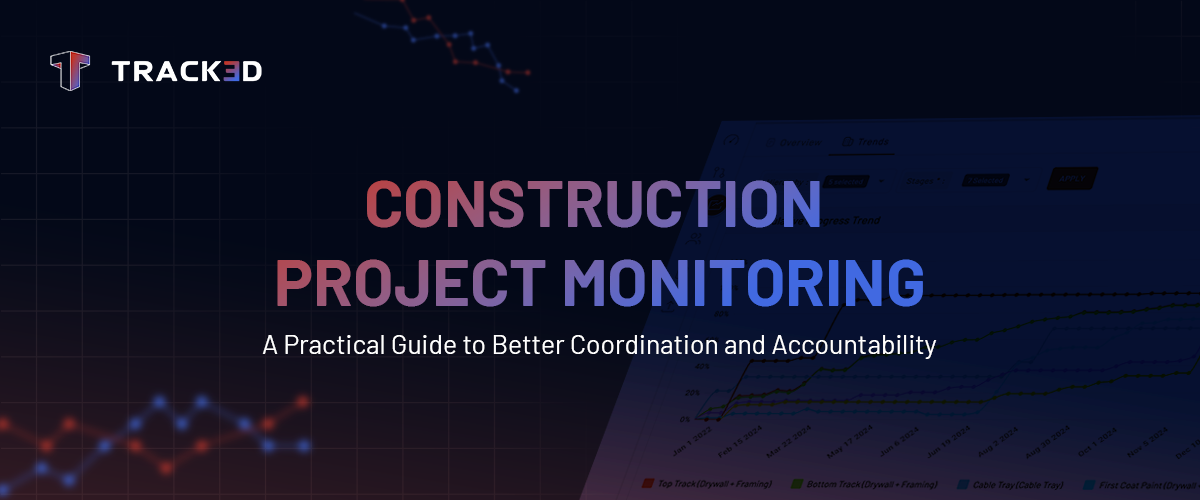Blogs
Construction Quality Control: A Complete Guide for Modern Projects

Construction quality control is the process of ensuring that all project deliverables meet predefined standards, specifications, and client expectations. When done well, it reduces rework, improves safety, accelerates closeout, and builds trust across stakeholders.
But in today’s fast-paced jobsite environment, maintaining consistent quality is harder than ever. From misaligned MEP systems to overlooked firestopping, small misses can spiral into major cost and schedule overruns.
Why Construction Quality Control Still Breaks Down
Despite all the checklists, pre-task planning, and weekly walkthroughs, quality still slips through the cracks. Part of the issue lies in how quality is tracked:
- Paper forms get lost.
- Photos lack context.
- Inspections are subjective.
- Issue visibility comes too late.
By the time a deviation is flagged, it often requires costly rework or negotiation. Quality management today needs more than documentation—it needs structured, visual clarity across teams.
This blog explores how the landscape is shifting—from reactive quality checks to proactive quality control powered by structured data and visuals. You’ll learn:
- What makes QA/QC break down in the field
- How modern tools (like digital capture and issue tagging) are changing the game
- Real-world best practices for managing quality at every stage
Let’s explore how quality control can evolve into a strategic, tech-enabled process that protects your timeline, budget, and reputation.
Understanding the Core Challenge: Fragmented QA/QC Processes
Traditional QA/QC methods are siloed and inconsistent. One team might log inspections in PDFs, another on a whiteboard. The result? Fragmented awareness and slow resolution.
The core challenge is both subjectivity and delay. A superintendent might jot down an issue. Someone else snaps a photo but doesn’t label it. By the time the office pieces it together, the moment is gone—and context is lost.
Even digital tools like spreadsheets or checklist apps can’t connect the dots if visuals, reports, and plans live in separate systems. That disconnection leads to:
- Incomplete trend tracking
- Delayed issue resolution
- Gaps in auditability
Introducing Smarter Solutions: From Reality Capture to Digital QA
Modern construction QA/QC is being transformed by a few key technologies:
- Reality Capture: 360° cameras and drones capture site conditions, mapped to floor plans for precise visual context.
- Digital Issue Tagging: Teams tag issues directly on walkthroughs, assign tasks, and track resolution visibly.
- Progress-to-Plan Comparison: AI-based tools compare captured visuals to models or drawings to surface deviations early.
These solutions don’t replace inspectors or field walkthroughs. They enhance field QA by transforming daily activity into structured, visual data for smarter collaboration.
How Visual Documentation Prevents Rework
Let’s say you capture your jobsite with a 360° camera every week. That archive becomes a searchable timeline of what was done, when, and by whom.
Now imagine:
- You get a claim from a trade partner about incomplete framing
- You pull up the image from two weeks ago
- It clearly shows the missing blocking
Dispute resolved—quickly and objectively. Visual documentation isn’t just backup—it’s proof with context. It:
- Speeds up issue resolution
- Minimizes rework
- Builds accountability
This is the power of structured visual documentation. More importantly, it creates a feedback loop: field teams can self-verify work, managers can spot risks early, and owners get transparency without extra overhead.
Best Practices for QA/QC Implementation in a Digital World
To move from checklists to clarity, teams should:
- Standardize visual capture: Set consistent routes for site documentation. Ensure images are tagged and mapped.
- Align teams on workflows: Define how issues are identified, assigned, and verified.
- Train Everyone: Make QA a team habit, not just a QA manager’s job. Equip field staff to log and tag what they see.
- Integrate with reporting tools: Choose platforms that connect issue logs, site visuals, and project plans for full visibility.
- Monitor patterns: Use dashboards to identify recurring problems by trade, location, or phase—and fix root causes.
The Future of Quality Control in Construction
The next phase of QA/QC isn’t about more checklists—it’s about smarter data and better communication. Emerging trends include:
- AI-powered issue detection: Computer vision systems that scan images for potential deviations and flag anomalies.
- Predictive QA analytics: Tools that show where quality is slipping before it’s a problem —so managers can get ahead of the curve.
- Unified quality platforms: Solutions that combine capture, checklists, BIM comparisons, and issue tracking in one environment.
As these capabilities mature, quality control will move from a necessary task to a strategic advantage for forward-thinking firms.
Building Smarter, Safer, More Reliable Projects
Quality isn’t just about inspections—it’s about delivering work that meets expectations the first time. By using visual tools, structured workflows, and consistent data, teams can:
- Detect and resolve issues faster
- Avoid costly rework
- Build trust with stakeholders
Curious how visual-first QA tools make this possible? Read about our VisualTrack to see how smarter site visibility drives better quality control.




